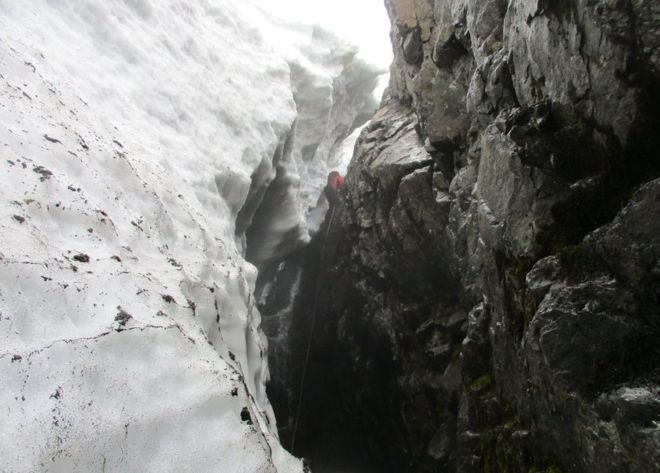During my summer as a Maine Appalachian Trail caretaker, I was “privileged” to take part in an event called “a mixer”. All 4 caretakers, plus some MATC volunteers, converged on the Horns Pond shelter area for a mid-year roundtable summit, a bit of a swim, and some hard, disgusting labor.
Horns Pond is high up on the Bigelow Range, and the thin alpine soil offer the traditional outhouse/privy dynamic; the waste won’t decompose due to the lower temperatures and lack of organic matter. So, the MATC has two composing privvies.
These do not compost themselves. This is a thoroughly disgusting process.
In early summer, the caretakers and volunteers backpack many 40-50 lb. bags of mulch up the famed Firewarden’s Trail, aka the MATC Stairmaster.
There are two privvies, each set high up on the edge of a hill and over a very large galvanized tub. The entire area behind the privvies is roped off with biohazard signs, and it’s on the downhill lie from the pond and spring which serve as the water sources. The “droppings” fall down into the tubs. Here’s where its important not to throw trash into the privvies. When full, volunteers don goggles, aprons, thick gloves, masks, and slather Vicks Vapo-Rub under their noses for the smell, and shovel forkfulls of mulch into the “droppings”, at the same time picking out the Coke cans, wine bottles, flashlights and tampons from the more biodegradable stuff. These are all bagged in multiple layers of plastic for pack-out. Once there’s a good amount of neutral carbon-based mulch/chips turned into the droppings, they’re emptied out into covered compost bins.
At this point the volunteers are pretty much done. Throughout the process, people manning water bottles are providing drinks so that no one touches their water bottles. The workers frequently swap rubber gloves as the fingertips literally fill and overflow with liquid sweat. Everyone washes their boots in bleach, and changes clothes – if you do all this in full sun you end up soaked to the skin, as everything you wear is impervious. Fortunately, the Horns Pond is nearby, and a nice chilly 50 degrees or so.
The full-time caretakers then monitor the temperature of the compost piles, ensuring that they heat up enough to kill off all the bad bacteria, turning and managing as needed. Once this happens for enough time, the now-composted mixture is spread out on screens to dry. As it dries, the newly formed ‘soil’ falls from the chips, and once dry, the chips are further rakes to further separate the new soil from the chips; the chips are used again. The soil is then manually dispersed throughout the area.
Next time you’re up near treeline and there’s a privy, give silent (or vocal!) thanks to the caretakers who quite literally, shovel your shit.
Here’s a video from 2014, MATC is now using a rototiller (who packed THAT up the mountain?) to do the mixing. Not sure I entirely support the mechanized, and LOUD equipment, but it probably does a more thorough job.















